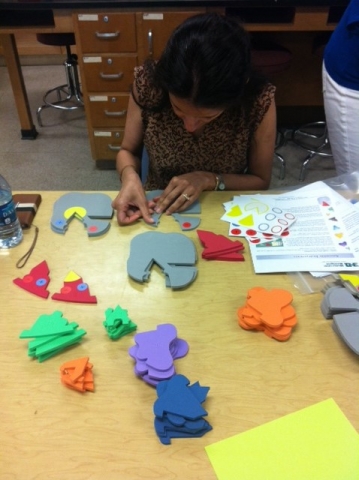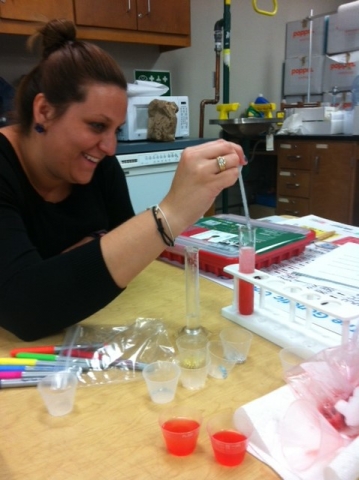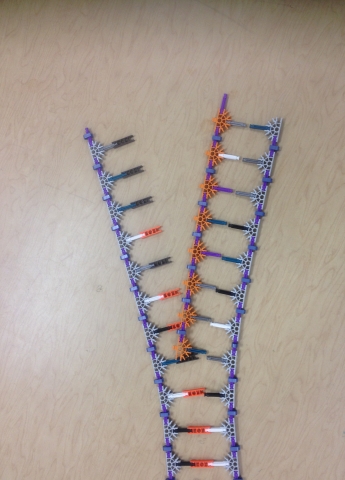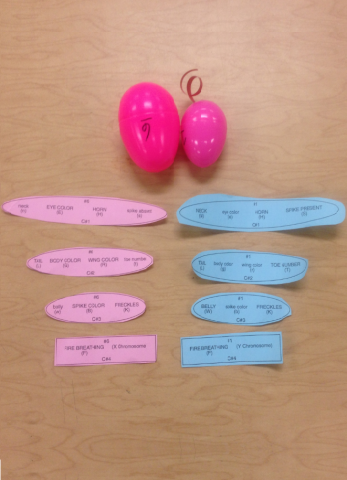Enzymes
Concept Statements:
-
Enzymes are proteins that catalyze enzyme reactions.
-
Enzyme efficacy is influenced by nonspecific variables (i.e., pH, temperature, and concentration).
-
Enzyme inhibitors (i.e., organic chemicals, inorganic metal, or biosynthetic compounds) reduce or completely inhibit enzyme catalytic action via interactions with the enzyme active site.
DNA
Concept Statements:
- The genetic code is in DNA.
- DNA provides the template for DNA replication.
- Nucleotides are the building blocks of DNA.
- Enzymes facilitate the synthesis of DNA.
RNA
Concept Statements:
- mRNA is the intermediary that carries genetic information outside the nucleus.
- DNA provides the template for RNA transcription.
- Nucleotides are the building blocks of RNA molecules.
- Enzymes facilitate the synthesis of RNA.
Genetics
Concept Statements:
- Dominant and recessive traits are inherited and passed on to offspring.
- There are three types of dominance.
- Gametes combine to give the offspring a full complement of chromosomes, with half coming from each parent, allowing for genetic recombination with each new generation.

